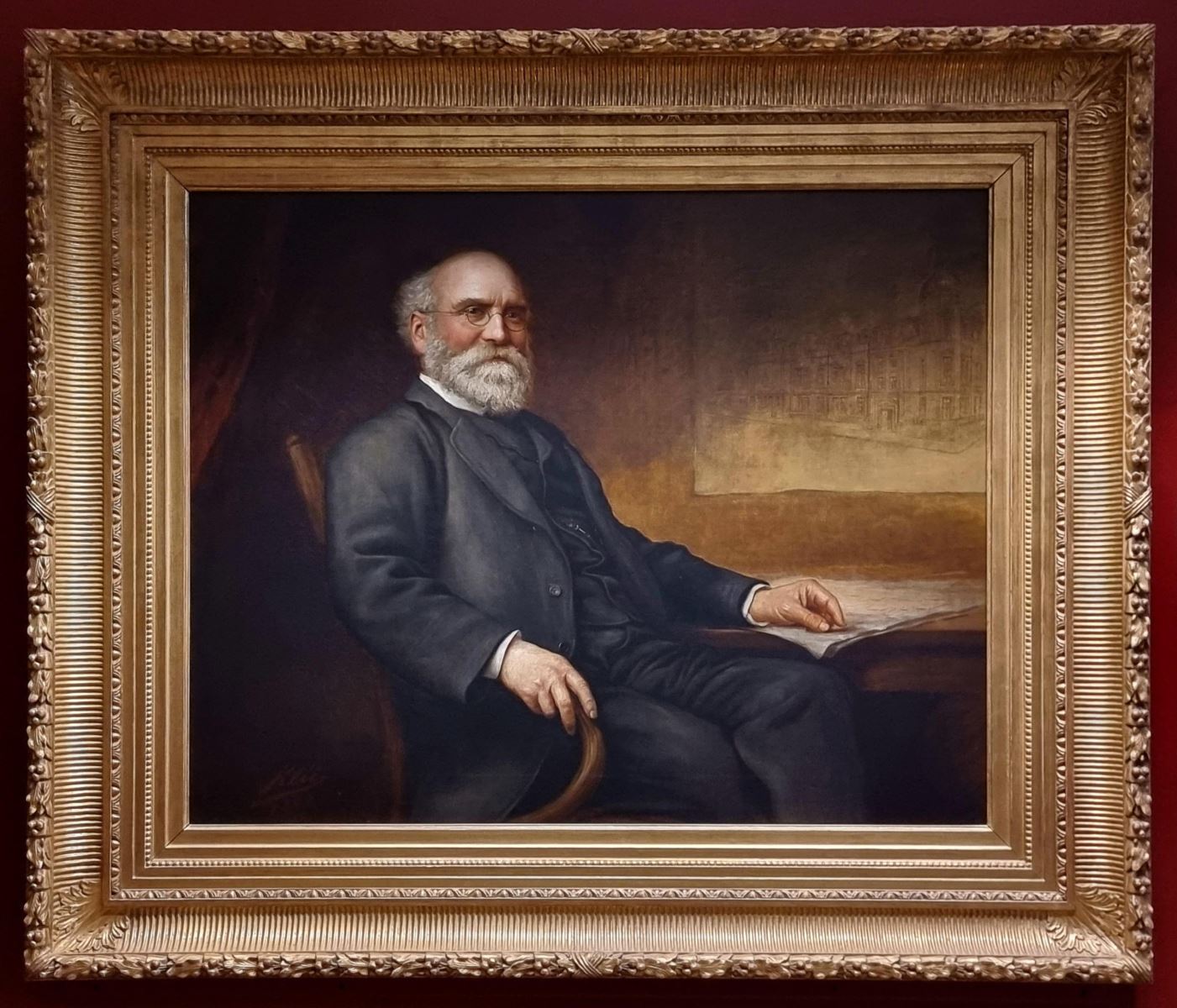
The search is on for portraits painted by a remarkable artist and pioneering inventor who lived and worked in Lancaster more than a century ago.
Karel Klic moved to Lancaster in the 1890s and to mark the centenary of his death next year, local arts and heritage charity, Mirador, and a group of interested parties are hoping to stage an exhibition of his work.
Klic painted many oil paintings of prominent people in Lancaster and Accrington, among them a portrait of Sir Thomas Storey, which is displayed in the City Museum, and Accrington’s mayor, Thomas Whittaker.
Klic was a classically trained artist fascinated in capturing likenesses. His work is highly regarded for its detailed brushwork and in his native land he is seen as a national hero for his artistic works and the contribution he made to the development of photogravure printing which brought art to the masses.
However, Klic, originally from Bohemia which is now the Czech Republic, is little known in Lancaster even though he played a really significant part in the city’s industrial life in the late 19th and early 20th Centuries and lived in Meadowside, now part of Lancaster Medical Practice.
The planned exhibition will tell the story of how the artist, turned inventor, developed a process for reproducing high quality images known as photogravure printing and came to England to further develop his invention.
He lived first in Accrington, possibly seeing the potential of using his technique in the local calico printing industry, but then moved to Lancaster where he struck up a close working relationship with the Storey Brothers, renowned for producing oil cloth.
Together, they established the Rembrandt Intaglio Printing Company based in Queen’s Mill, now the site of Lancaster’s Aldi in Aldcliffe Road.
Using Klic’s photogravure method they printed fine art images so that most households could afford to have art on their walls at home.
Although the exhibition organisers have already identified much source material about Klic, they would like to include many of his oil paintings from his time in England.
“To date only a small group of his portraits have been positively identified,” said retired Lancaster University lecturer and Klic enthusiast, Dr David Steel.
“We would very much like to hear from anyone who may possess a Klic portrait, perhaps handed down from within their family, as was the Whittaker portrait.
“We are also aware that two of Klic’s works were donated to the Accrington Mechanics Institute in 1920 by local solicitor Samuel Sandeman, one was a painting of a pet dog and the other of a coal miner. The contents of the Institute were dispersed in the 1980s. If anyone has any knowledge of the fate of these two paintings we would very much appreciate hearing from them.”
Klic normally signed his paintings in red, sometimes vertically on the edge of the portrait.
If you can help in the search for Klic paintings, please email Dr Steel at d.steel@lancaster.ac.uk
Related
Comments
Comments are disabled for this post.
 to add an item to your Itinerary basket.
to add an item to your Itinerary basket.









